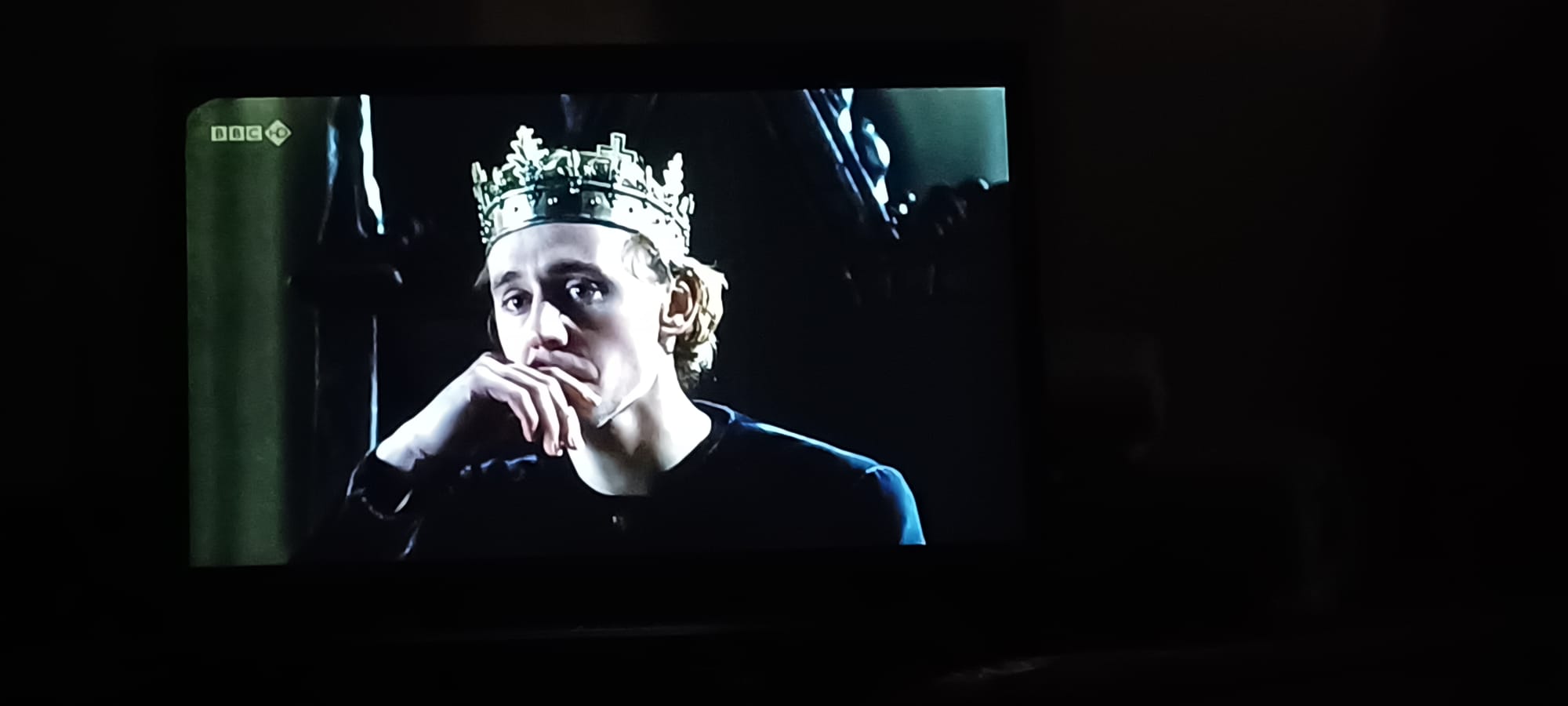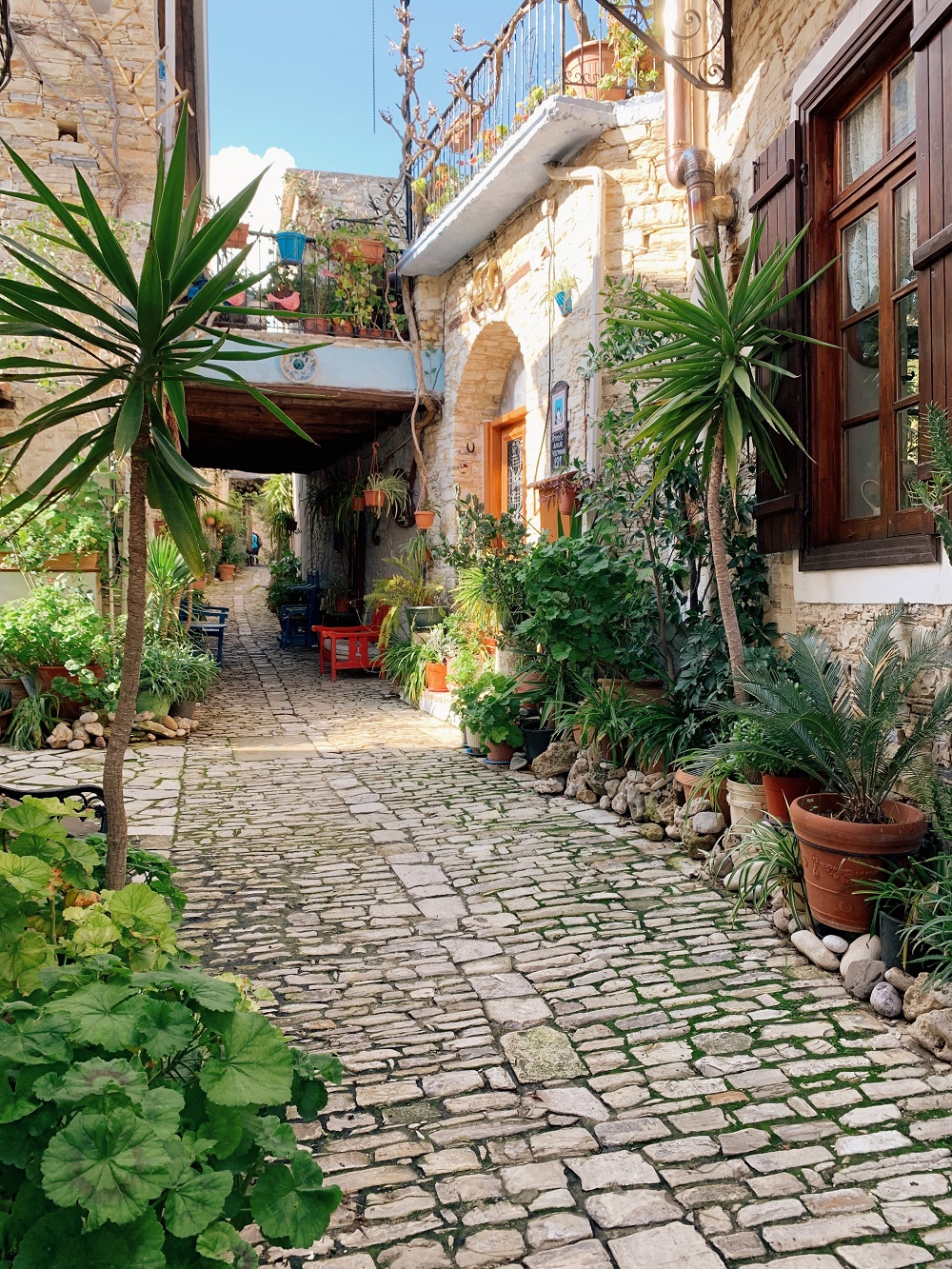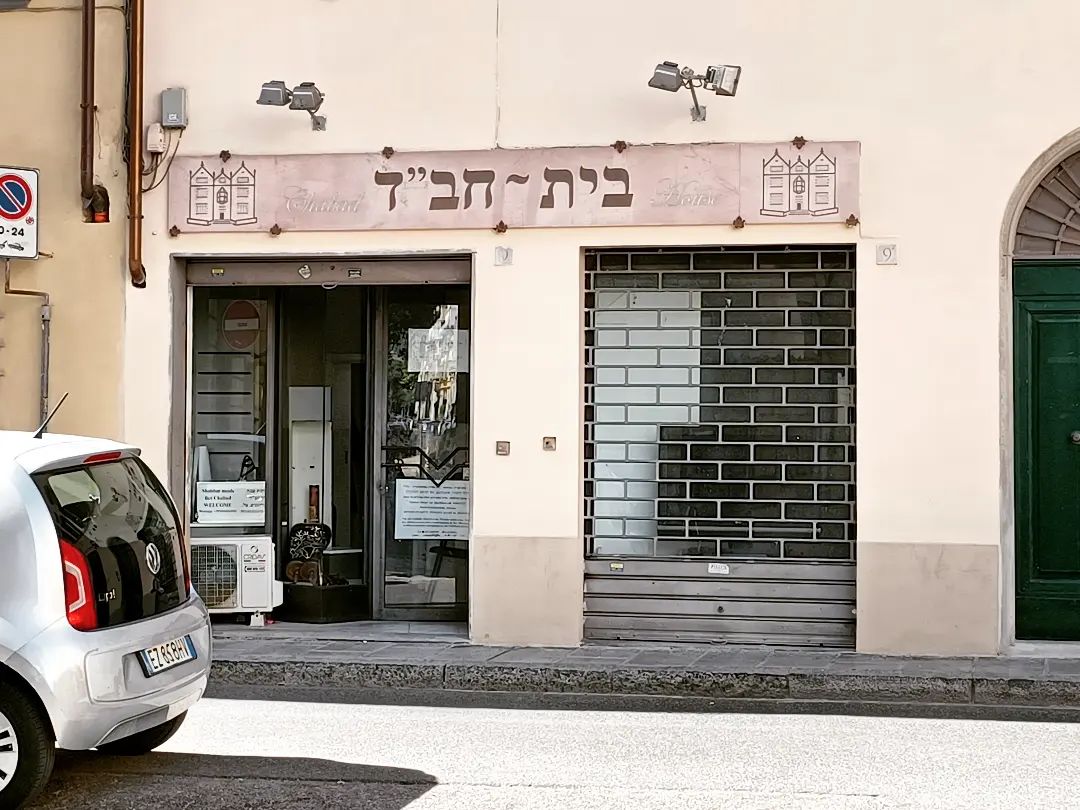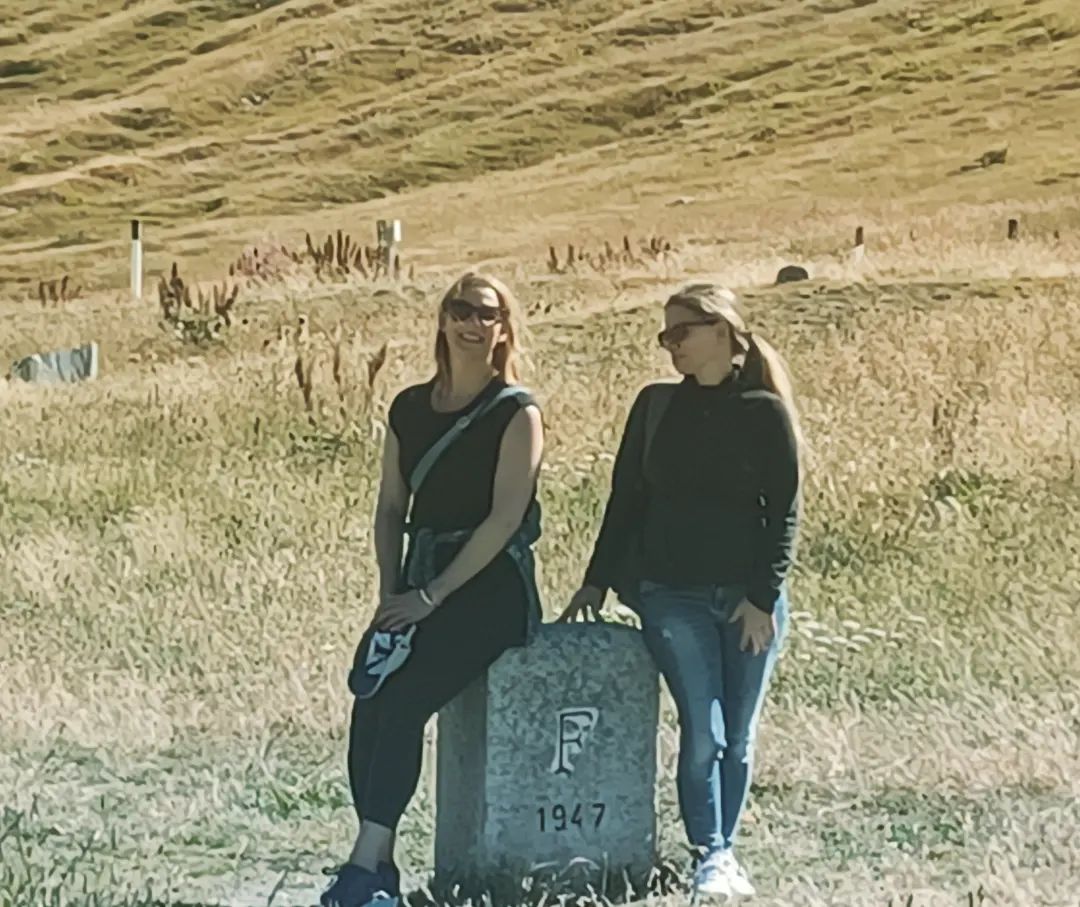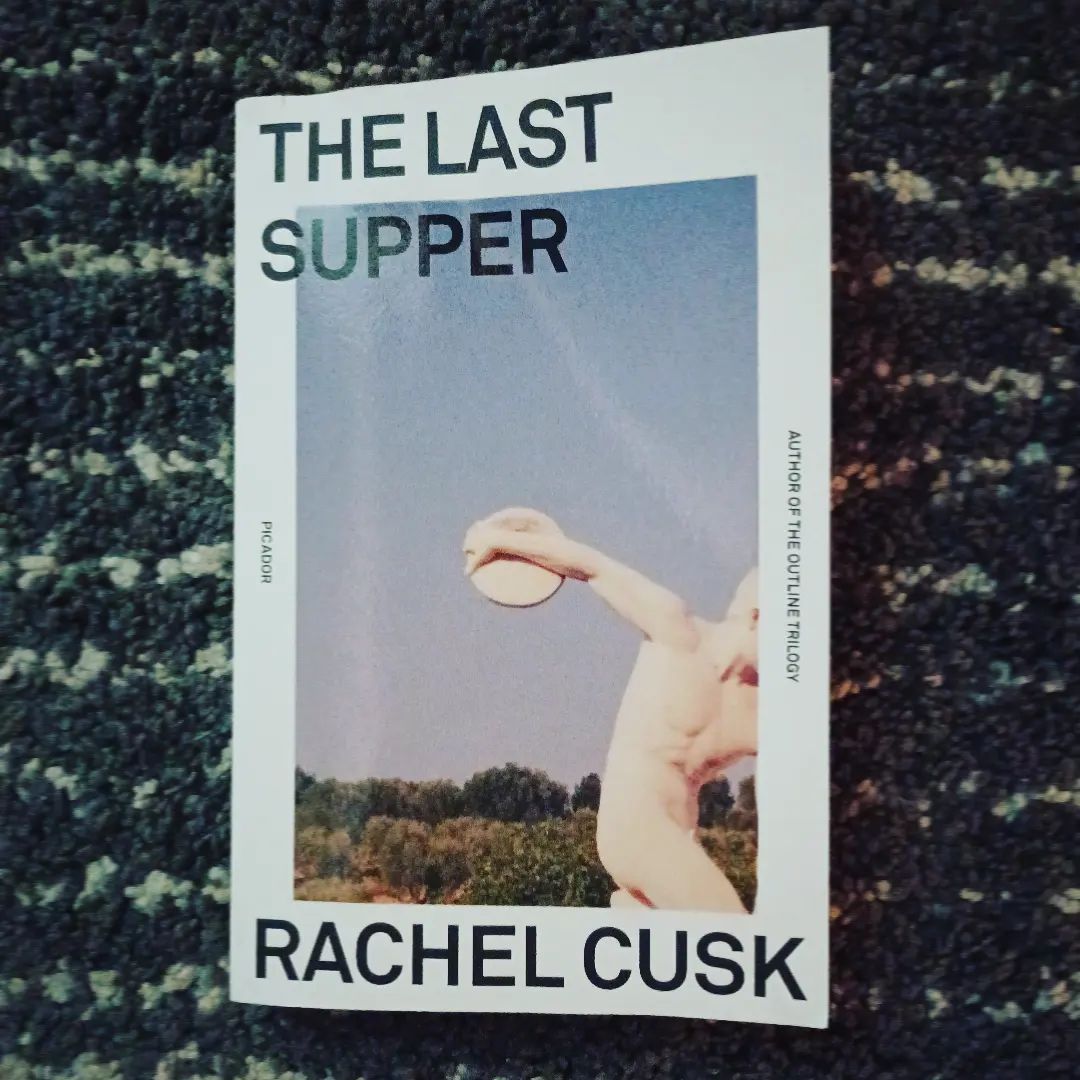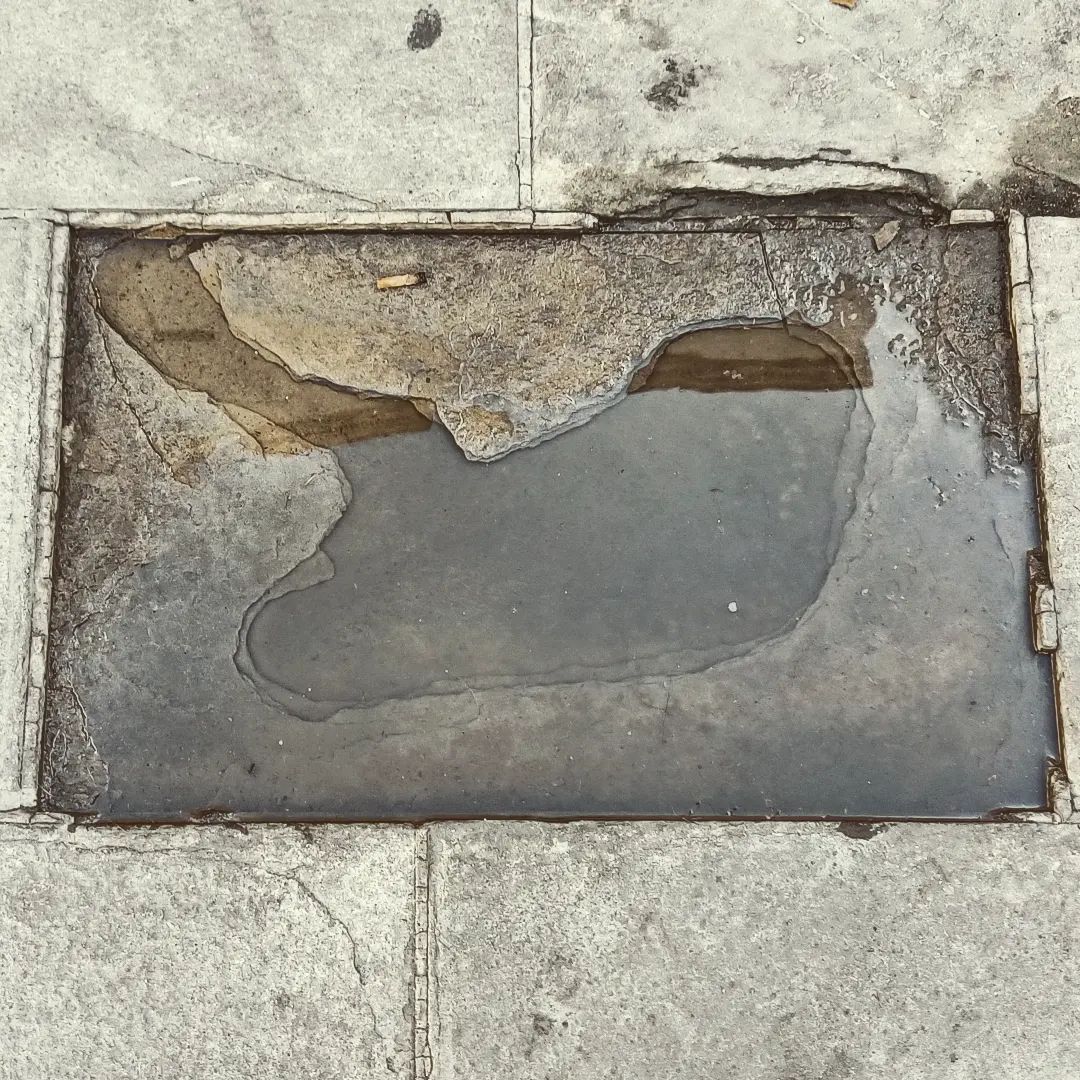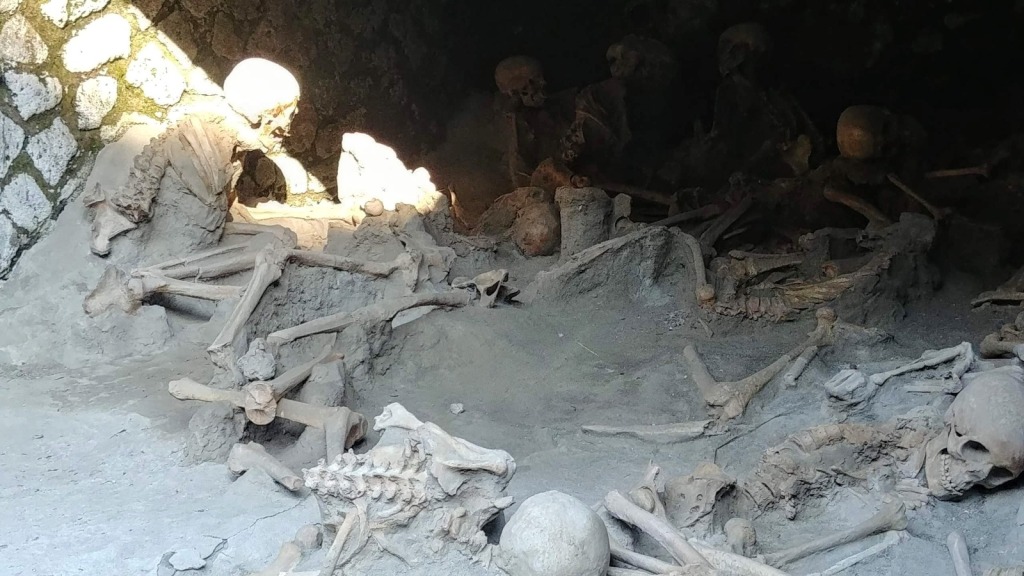
How many people died in the eruption of Mt Vesuvius in 79 AD? I asked Jason Saturday evening over dinner. These are typical questions in our home.
Don’t know, he said, raising his wine glass to his mouth.
I looked it up. Sixteen thousand, about. Two thousand in Pompeii, and fourteen thousand elsewhere. Those in Herculaneum were the wealthiest.
Our last trip before the pandemic was to Napoli in this century, on a fast train with the children, staying in an apartment on Via Chiaia close to the quartiere of Santa Lucia, festooned with wet laundry off every balcony lining its narrow alleys.
We took a trip inside the trip to Herculaneum, 1,921 years into the past. A few friends in Florence had advised us that it was a better site for children than Pompeii. We traveled to Pompeii in 2013, traipsing around all morning with toddler Victor in a backpack on Jason’s back, watching the sun behind Vesuvius cast long shadows across the agora. It is hard to describe the size and scale of Pompeii to those who are unfamiliar. It is enormous and goes on and on and on. Even if you had a whole day, you could only see a tiny corner of it. In any case, all the treasures have been long since spirited away to the climate-controlled internal rooms of famous museums. The next time we go, we’ll take an archaeologist friend with us. I am not sure which one, but we can surely find someone.
For these reasons, we had Herculaneum in mind. Plus, as a devoted reader and fan of Elena Ferrante, I have had Naples on the brain for a few years now. I longed to breathe the salty air, to close my eyes and inhale the sad remnant of the Spanish empire as it hides itself in the shadows of formerly grand courtyards and street-side façades of peeling stucco.
We stayed in Naples for two full days; on the first, we rode both routes of the city’s sightseeing buses. On the second day, we navigated the Neapolitan metro and the light rail, the circonvesuviale, to arrive at Ercolano – the Italian name for Herculaneum.
“Herculaneum was destroyed and buried under volcanic ash and pumice in the eruption. Although smaller than Pompeii, it was a wealthier town. Unlike Pompeii, the mainly pyroclastic material that covered Herculaneum carbonized and preserved more wood in objects such as roofs, beds, and doors, as well as other organic-based materials such as food and papyrus. While roofs in Pompeii collapsed under the weight of falling debris, only a few centimetres of ash fell on Herculaneum, causing little damage but nonetheless prompting most inhabitants to attempt to flee.” Very few survived. It is said that a cloud of noxious gas swept down the western slope of the volcano, rolling through the streets of Herculaneum.
I had read that some people in the town had made haste for the beach, where they hoped to outrun the eruption, but how? We picked out way down ramps of honeycombed steel, down, down, down to what used to be the beach, now under four stories of lava and ash, a murky lagoon in front. The current beach is over the forty-foot wall, on the other side. The air grew more and more humid as we descended, the scent of blooming algae strong in the breezeless air. Turning right on a roughly paved sidewalk we walked slowly along the open-air dioramas of terror and death. Bones piled on bones, broken apart but more or less in the shapes of people. Maybe a dozen of these caves lined the lagoon, open to the air and the people, a wooden rail separating us from them.
They had no idea when they arose that morning what that day would bring. When events began to unfold, they panicked; they hastily packed their valuables, and went to the safest place they knew, running with jelly knees under a darkening sky. But those safe places became their tombs. Very safe.
How ironic, how parallel that this trip to Herculaneum was to be our last trip pre-pandemic. Bodies are not piling up in caves on the beach under four stories of ash and lava, but in some way we have all bid a hurried farewell to a version of ourselves that predates March 2020. Frozen in time, those petrified versions of ourselves who inhaled anxiety and unknowing. Victor and Eleanor loved the place, hopping from numbered site to numbered site, exclaiming at mosaic floors, public baths, a fresco. We ate a snack at the temple ruins. They scampered and shrieked over tragedy and history, as we were just weeks away from an eruption of a different sort, a silent eruption in whose wake many perished.
I understand that some do not wish to respect today’s ephemeral remains – the ghosts of ourselves mere months ago, along with a great many who are actually now dead. People wish yet to gather the bones, raise them up, make them dance, as though there were no disaster. Quarantine freedom fests are being planned now for early June in Oklahoma, mere miles away from where we lived. If we could ask those much older bones, the ones we stare at in disbelief, they’d have a good guess as to where these freedom fests might end. Lean in and listen.
I was a Classics and Letters major in university. That education has served me well in Italy, if nothing more than to continue to fuel my curiosity about history, ruins, the human condition. I have always loved stones and bones, as I call them, and carefully incline my ear to hear their whispered tales. They tell me forgotten truths.


